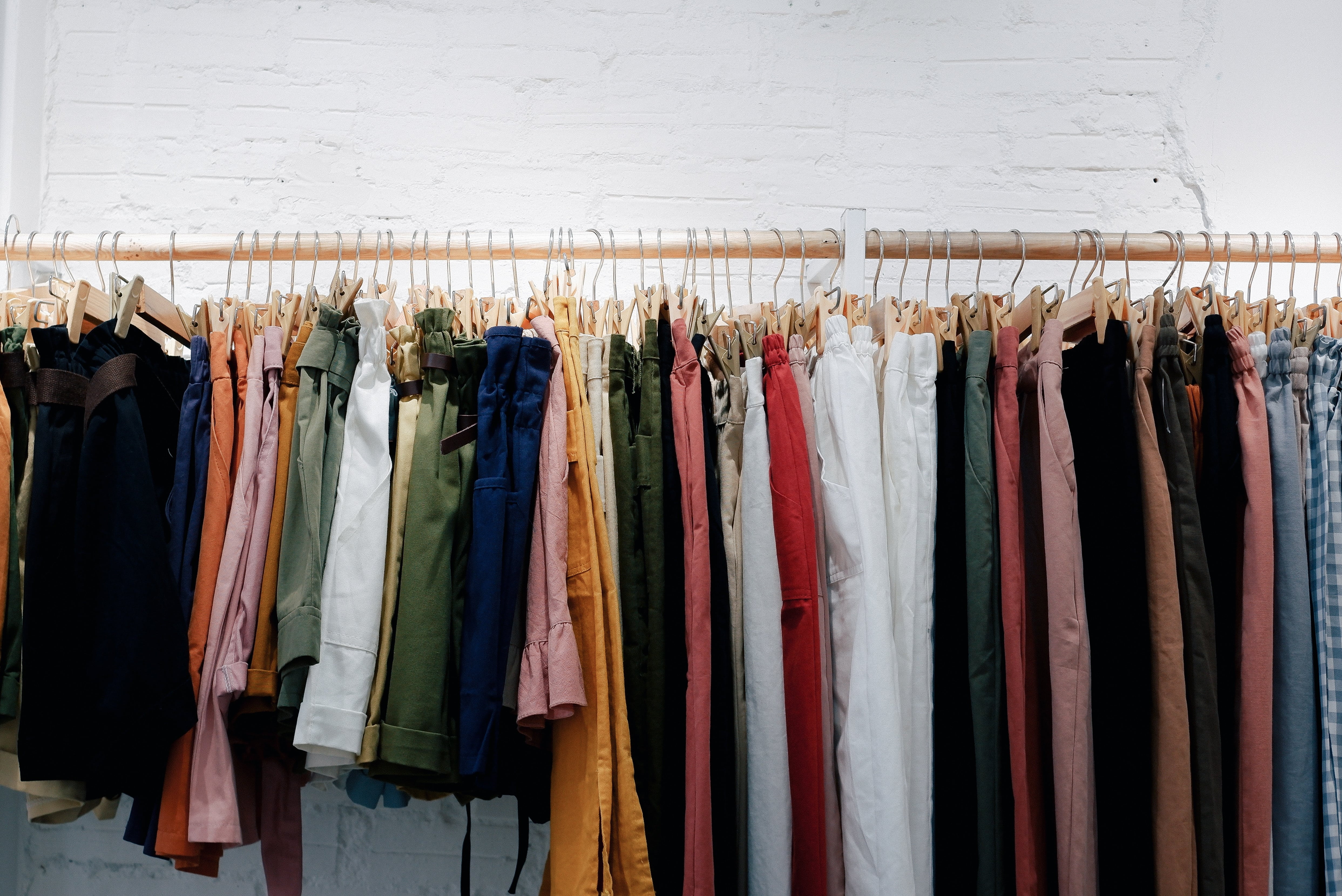Rosanne Maloney |@rosannemmaloney
Photo By: Duy Hoang
It’s difficult for shoppers to consider the bigger picture when they buy the clothes they love. The world of retail has never been more accessible, from online shopping to easy ‘tap-and-go’ payments, Australian consumers are spoilt for choice with a clothing industry worth almost $280 billion right at their fingertips.
But how often do you think about the ethical practices when you are buying the clothes you love?
Research shows unsustainable practices in the fashion industry are rife, running through the entire supply chain. Your choices at the checkout may be indirectly leaving families in poverty and contributing to the six tonnes of clothing which end up in landfill each year.
But when shoppers make the decision to clear their closet of guilt, finding the right information to make positive changes can be difficult.
One of Australia’s key researchers and experts on sustainability in fashion Dr Lisa Heinze, said shoppers want to do the right thing by buying ethically produced clothes and the desire is growing.
“It’s tough to buy cheap clothes and still know it’s sustainable,” she said, but “somebody is paying for it down the line”.
Dr Heinze says one great way to reduce your impact is to follow the ‘30 Wears Trend,’ where shoppers must ask themselves if they can see themselves wearing the item of clothing at least 30 times before making the purchase.
“We’re all familiar with falling in love with that super shiny thing and then taking it home and being like ‘oh, I’m not going to wear that’,” Heinze said.
Australians can educate themselves about the true cost of clothing through available industry reports and apps.
The Baptist World Aid Ethical Fashion Guide examines whether companies are using forced labour, child labour, exploiting workers and whether they have made a commitment to environmental sustainability.
In addition to contributing to landfill, the apparel industry is one of the biggest carbon polluters, accounting for 10 per cent of global emissions.
Alongside the report, Heinze said shoppers who want to know more about the clothes they are buying should download the ‘Good On You’ app, which allows customer to search thousands of clothing brands and view their ethical rating.
RMIT Senior Research Fellow and human rights researcher, Dr Shelley Marshall said while surveys show shoppers care about where and how their clothes are produced, this is not being reflected at the checkout.
“When it comes to shopping, [consumers] don’t make choices based on their ethics. I think that’s because they don’t have enough information at purchase point,” Dr Marshall said.
She also stresses the need to pressure big brands into becoming more transparent and upfront with consumers about their ethical practices.
But when it comes to cost, consumers who buy clothes solely based on the label name are paying way more for branding and advertising than the cost of the product itself. Research suggest that to increase a Bangladeshi garment worker’s wage to a livable level, a $10 T-shirt would be just 10 cents more. If shoppers are willing to pay inflated prices for the brand, a 10 cent increase wouldn’t be a drastic adjustment.
For converts who don’t quite know where to start, even small actions can have major impacts. Marshall recommends shoppers to consider buying second hand.
If that’s not your thing, you can look for the Ethical Clothing Australia (ECA) label and their accredited companies or Oxfam’s Company Tracker.
But ECA National Manager, Angela Bell said to be sceptical of some brands who publicly claim to be following ethical practices when the reality may be different behind closed doors.
Because of this, when ECA does it’s accrediting they look at the entire supply chain of companies and continue to check-in over time.
It’s been six years since the tragic collapse of Rana Plaza in Bangladesh which sparked a movement around ethical fashion but Bell said the movement will only continue to gain momentum.
According to the State of Fashion Report 2019, sustainability will grow to be “an integral and defining part” of the industry’s values.
So as the industry evolves, it’s up to consumers to do there homework and make changes to their buying habits.
Buying ethically doesn’t need to be complicated, it can be just as easy as ‘tap-and-go’.

